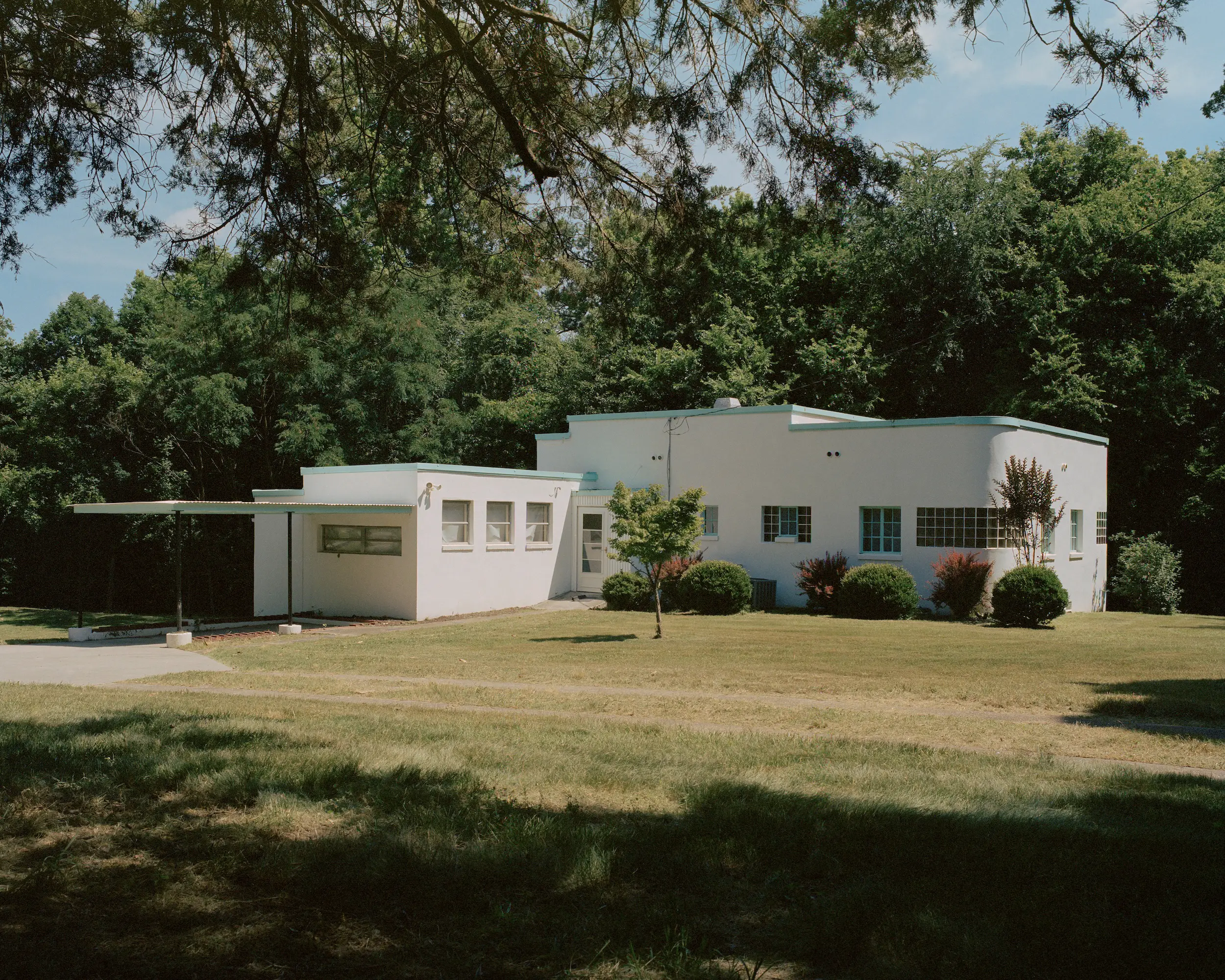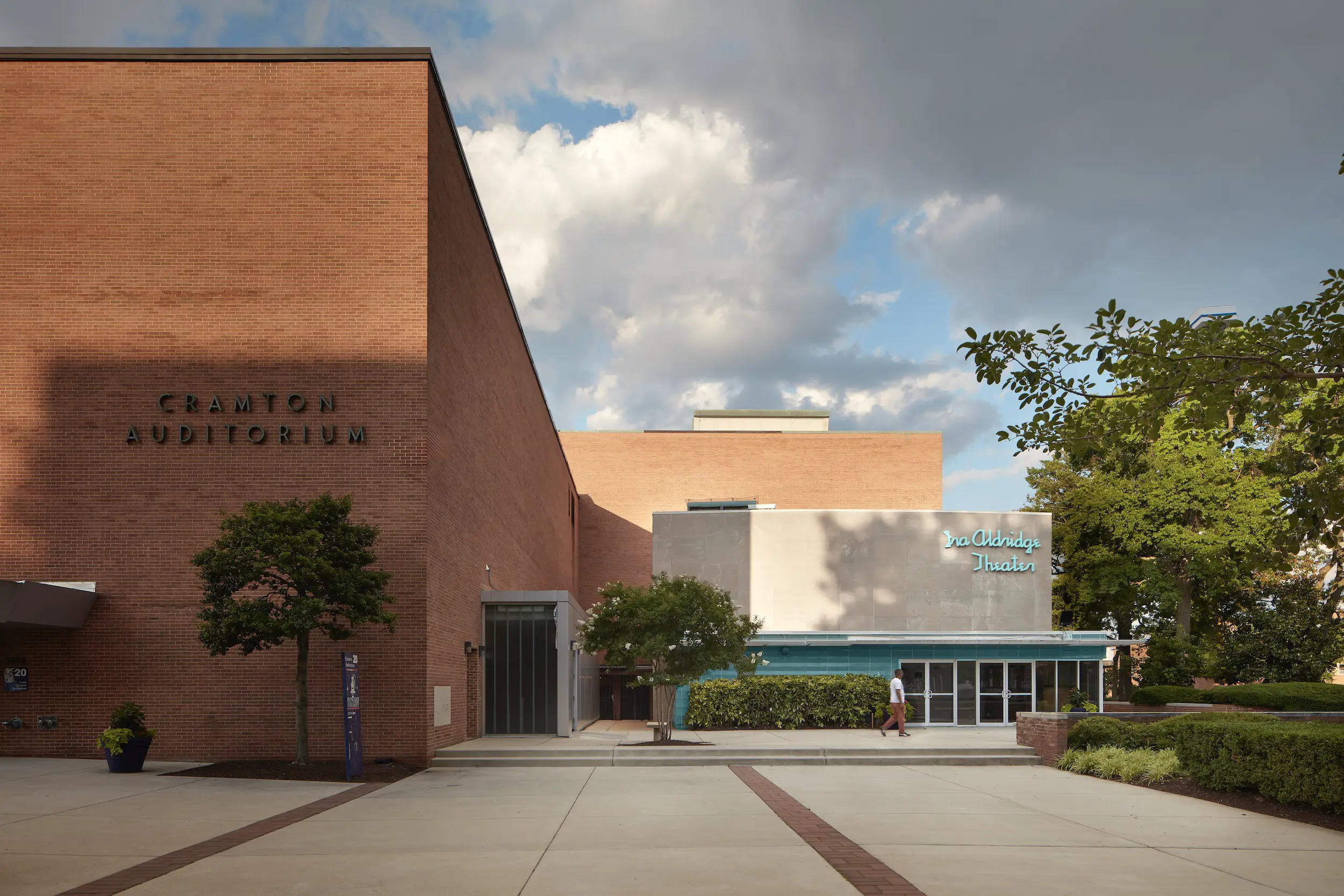Last week, the National Trust for Historic Preservation announced funding dedicated to the protection and restoration of 30 lesser-known, at-risk sites across the United States with enduring ties to Black history through its African American Cultural Heritage Action Fund. Of those 30 endangered sites, eight of them will share $3.1 million in historic preservation-dedicated grants supported by the Getty Foundation’s Conserving Black Modernism program. The initiative is an offshoot of the foundation’s larger Keeping it Modern grant program, which bestowed 77 grants amounting to a collective $11.8 million between 2014 and 2020 with the aim of safeguarding and sustaining vulnerable works of Modern architecture across the globe. The just-announced round of Conserving Black Modernism funding follows an inaugural round in 2022–2023. During that cycle, there were also eight awarded sites, all of them works by Black architects and designers, including sites in Watts, California, and Wichita, Kansas.

Azurest South, Petersburg, Virginia, by Amaza Lee Meredith. Photo by Hannah Price, courtesy National Trust for Historic Preservation
The sites selected for this round of funding are no less programmatically and geographically diverse, with grantees including Amaza Lee Meredith’s Azurest South at Virginia State University, which is the first building in the program to be designed by a Black woman, and two works—a community center and a home/studio—designed by trailblazing Buffalo architect Robert T. Coles. Also included is an early project by J. Max Bond Jr., a namesake founder of Davis Brody Bond.
“With Conserving Black Modernism, we’ve taken actionable steps to save endangered sites that represent African American activism, creativity, and resilience,” said Joan Weinstein, director of the Getty Foundation, in an announcement revealing the 2024 grantees. “Our partnership with the National Trust has been critical to supporting cultural heritage that embodies Black excellence in modern architecture.”
Below is a list of all eight 2024 Conserving Black Modernism grant awardees, including brief descriptions of the sites and details about how the funding provided by the Getty Foundation will be used.
Azurest South | Petersburg, Virginia
Completed in 1934, Azurest South is the home and studio designed by the pioneering African American architect Amaza Lee Meredith. Located on the Virginia State University campus, where she established the Fine Arts program and lived with her partner Dr. Edna Meade Colson, the home is a colorful example of the International Style. Funding will support the implementation of a conservation management plan for the building.
Dansby, Brawley, and Wheeler Halls at Morehouse College | Atlanta
Leon Allain, a prominent African American architect in the Atlanta area, designed Dansby, Brawley, and Wheeler halls at Morehouse College in the early 1970s. Funding will support building assessments and a Historic Structures Report for the three halls.

Ira Aldridge Theater, Washington, D.C., by Hilyard Robinson and Paul R. Williams. Photo by Visual 14, courtesy National Trust for Historic Preservation
Ira Aldridge Theater, Chadwick A. Boseman College of Fine Arts at Howard University | Washington, D.C.
The Ira Aldridge Theater was named for a famed 19th-century African American actor, best known for his performances of Shakespeare. Designed by Hilyard Robinson and Paul R. Williams, the theater was completed in 1961 as part of Howard University’s campus. Funding will support a Historic Structures Report and an interpretation plan.
John F. Kennedy Community Center | Buffalo
The JFK Community Center was designed by Robert T. Coles as his thesis project at MIT and completed in 1963. The building currently hosts a range of nonprofits and community activities. Funding will support a comprehensive preservation plan.
Kenneth G. Neigh Dormitory Complex | West Point, Mississippi
Designed by J. Max Bond Jr. and completed in 1970, the Kenneth G. Neigh Dormitory Complex is currently in an advanced state of deterioration as Mary Holmes Community College has been closed since 2005. Funding will support an adaptive reuse feasibility study for the complex.

Masjid Muhammad, Nations Mosque, Washington, D.C. by David R. Byrd. Photo by EA Crunden, courtesy National Trust for Historic Preservation
Masjid Muhammad, Nations Mosque | Washington, D.C.
Completed in 1960, Masjid Mohammad, Nations Mosque was designed by David R. Byrd. The building represents one of the oldest Black Muslim congregations in the U.S. Funding will support engineering and environmental studies for the building’s planned expansion, in addition to limited capital improvements.

Universial Life Insurance Co. Building, Memphis, by McKissack and McKissack. Photo by Trey Clark, courtesy National Trust for Historic Preservation
Robert T. Coles House | Buffalo
Robert T. Coles, the first African American Chancellor of the American Institute of Architects, designed and built his house and studio in 1961. The two-story building is composed of prefabricated units set back in a garden and courtyard. Funding will support a Historic Structures Report, conservation plan, and a reuse and feasibility study.
Universal Life Insurance Co. Building | Memphis
Designed in 1947 by McKissack and McKissack, one of the oldest existing Black-owned architectural firms in the U.S, the Universal Life Insurance Company Building was completed in 1949. Funding will support a cultural interpretation plan and critical repairs to certain sections of the building.




.jpg?height=200&t=1683718350&width=200)
